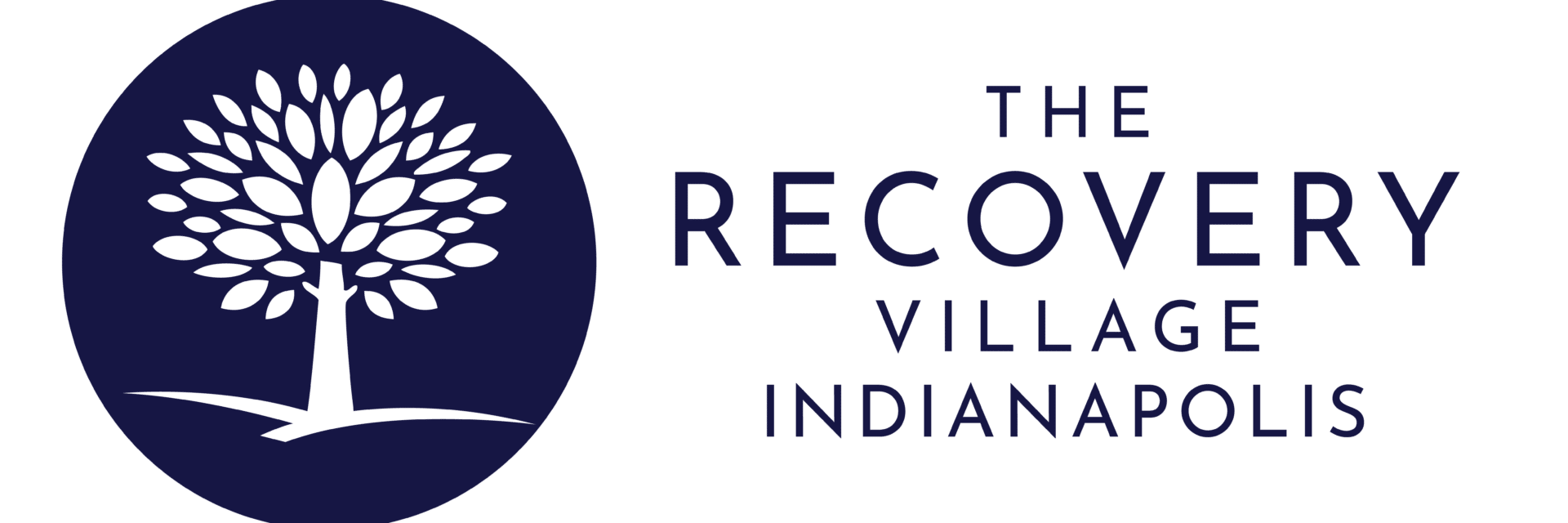Molly and ecstasy have become staples in party culture, captivating those looking for a good time. Though these two substances deliver similar euphoric experiences, they each have unique chemical makeups and a variety of side effects that set them apart.
If you or someone you care about is living with a substance use disorder, our addiction treatment programs at The Recovery Village Indianapolis are here to support you on the path to recovery.
How Is Molly Different From Ecstasy?
Molly and ecstasy, though chemically related, possess distinct characteristics.
- Molly refers to the pure, crystalline powder form of MDMA, a synthetic psychoactive drug known for its stimulant and hallucinogenic effects. It is typically available in capsule form.
- Ecstasy usually comes in tablet or capsule form and contains a mixture of MDMA along with other substances like caffeine or ephedrine. This combination can alter the drug’s effects and enhance risks associated with its consumption.
Generally perceived as purer than ecstasy, molly is less likely to contain additional substances. However, both molly and ecstasy can be adulterated with various drugs or contaminants, posing significant health risks.
This Season, Give Yourself the Gift of a Fresh Start.
Whether you are struggling with addiction, mental health or both, our expert team is here to guide you every step of the way. Don’t wait— reach out today to take the first step toward taking control of your life.
Are Molly and Ecstasy the Same Thing?
No, molly and ecstasy are not the same. Molly is essentially MDMA in its pure form, whereas ecstasy pills often contain a blend of MDMA and other potentially addictive substances such as cocaine, methamphetamine, bath salts, or caffeine.
The term molly typically refers to unadulterated MDMA, whereas ecstasy has a higher likelihood of containing other drugs, making it distinct from molly.
How Do Molly and Ecstasy Differ from MDMA?
Both molly and ecstasy are forms of MDMA, but they differ in purity and composition. Molly is a pure variant of MDMA, while ecstasy includes MDMA combined with other ingredients like caffeine, dextromethorphan, ephedrine, ketamine, or methamphetamine. These additional components in ecstasy can result in more intense and unpredictable effects compared to the pure MDMA found in molly.
MDMA Addiction
MDMA addiction can develop through repeated use of ecstasy or molly. MDMA induces feelings of increased energy, pleasure, emotional warmth, and altered sensory and time perception. Prolonged use can lead to dependence and withdrawal symptoms when the drug is not consumed.
MDMA Withdrawal Symptoms
Common withdrawal symptoms include:
- Insomnia or disrupted sleep patterns
- Changes in appetite
- Heightened anxiety or paranoia
- Restlessness
- Agitation
- Intense cravings
Withdrawal symptoms can hit fairly quickly after stopping, sometimes lingering for several weeks. For those who have been using MDMA for a long time, the effects can be even more intense, including suicidal thoughts or behaviors.
Beyond the physical discomfort, many individuals grappling with MDMA addiction also confront daunting psychological hurdles, such as depression and powerful cravings that can be hard to shake. That’s why it’s crucial for treatment to be tailored specifically to meet each person’s distinct needs, ensuring the best chance for recovery.
The Effects of Molly vs. Ecstasy on the Body
Molly exhibits both stimulating and psychedelic properties. This results in a feeling of energy, changes in time perception, and an increase in tactile sensations. Although ecstasy has similar effects, it often includes dangerous impurities that can lead to significant side effects, like trouble managing body temperature or heightened heart rate and blood pressure. Overall, molly tends to have a milder effect on the body due to the lack of these extra components.
Physical Health Risks
The physical health risks associated with molly and ecstasy use can be severe. Both substances function as stimulants, potentially leading to:
- Muscle tension
- Overheating
- Kidney failure
- Increased heart rate
- Elevated blood pressure
- Blurred vision
- Dizziness
- Dehydration
Mental Health Risks
Molly and ecstasy alter brain chemistry to produce feelings of euphoria, heightened sensations, increased energy, and empathy. However, their use can also lead to significant mental health issues, including:
- Anxiety
- Depression
- Irritability
- Paranoia
- Aggression
- Mood swings
- Insomnia
- Panic attacks
- Psychosis
- Addiction
- Dependence
Ecstasy and molly also impair judgment, leading to risky behaviors such as unprotected sex or dangerous driving. Prolonged use may cause permanent damage to the brain and other organs.
Which Drug Is More Dangerous: Molly or Ecstasy?
Both molly and ecstasy pose potential health risks. They can induce a range of physical and psychological side effects, including seizures, anxiety, and even fatal outcomes in extreme cases. Both molly and ecstasy can also be laced with other drugs like amphetamines or other stimulants, increasing their potency and danger. Awareness of these risks is crucial if you encounter these substances.
Short-Term Effects of Molly and Ecstasy
The immediate effects of molly and ecstasy can vary based on an individual’s physical and emotional state, as well as the dosage taken. Common short-term effects include increased energy and alertness, heightened pleasure, reduced inhibitions, and an altered sense of time. Individuals may also experience elevated heart rate and blood pressure, blurred vision, or nausea.
Long-Term Effects of Molly and Ecstasy
Long-term use of MDMA can lead to various enduring health issues, depending on the frequency and quantity of use. Potential long-term effects include:
- Elevated risk of stroke or heart attack
- Permanent neurological changes
- Problems with memory
- Elevated anxiety levels
- Insomnia and other sleep disturbances
- Issues with learning or concentration
- Tolerance and physical dependence
Treatment Options for Molly and Ecstasy Addiction
Inpatient Rehab Treatement
Inpatient treatment for MDMA addiction offers intensive care and supervision around the clock. This setting provides a safe and secure environment for individuals to recover from addiction. During inpatient rehab at The Recovery Village Indianapolis, individuals receive psychological and medical support to address the underlying issues of their addiction and develop healthy coping mechanisms. Treatment typically includes individual and group therapy, relapse prevention education, nutrition counseling, vocational training, and recreational activities.
Dual Diagnosis Treatment
Dual diagnosis treatment facilities for MDMA addiction address both substance use disorders and any co-occurring mental health issues. The primary goals of dual diagnosis treatment are to find out the underlying causes of substance use, treat co-occurring mental health conditions, and learn healthy ways of coping to lower the likelihood of relapse.
Counseling
Therapy for MDMA addiction is an evidence-based approach that helps individuals understand and manage the psychological issues contributing to their drug use. At The Recovery Village Indianapolis, our addiction therapy services include cognitive behavioral therapy (CBT), dialectical behavior therapy (DBT), family therapy, individual therapy, and group therapy.
Therapy’s primary focus is to help individuals identify and address emotional issues that may have led to substance use, build coping skills for managing stress and cravings, and develop healthier lifestyle habits. Psychotherapy also fosters the development of supportive relationships with family and friends, which are crucial for recovery.
Addiction Treatment at The Recovery Village Indianapolis
At The Recovery Village Indianapolis, we offer a comprehensive approach to treating molly and ecstasy addiction. Our evidence-based therapies, including cognitive behavioral therapy (CBT) and both individual and group psychotherapy sessions, are designed to help you manage cravings and cope with triggers effectively.
With our highly trained team of doctors and nurses, we ensure you receive the highest quality care during your treatment at The Recovery Village Indianapolis. Contact us today if you or a loved one could benefit from our specialized addiction treatment services!
Frequently Asked Questions
1. Are molly and ecstasy the same?
No, molly typically refers to pure MDMA, while ecstasy often contains additional substances that can increase its potency and risks.
2. Can molly and ecstasy cause addiction?
Yes, both molly and ecstasy can lead to addiction and dependence with repeated use.
3. What are the short-term effects of ecstasy?
Short-term effects include increased energy, heightened pleasure, reduced inhibitions, altered time perception, elevated heart rate, and blurred vision.
4. What long-term health issues can arise from using molly?
Long-term use can result in permanent changes in brain chemistry, increased anxiety, memory problems, sleep disturbances, impaired learning, and a higher risk of stroke or heart attack.
5. How can addiction to ecstasy be treated?
Addiction to ecstasy can be treated through residential treatment, intensive outpatient programs, psychotherapy, dual diagnosis treatment, and sober living programs tailored to individual needs.
At The Recovery Village Indianapolis, we understand the complexities of molly and ecstasy addiction. Our dedicated team is here to support you or your loved ones in achieving lasting recovery and a healthier, addiction-free life. Reach out to us today to begin your journey toward recovery.


